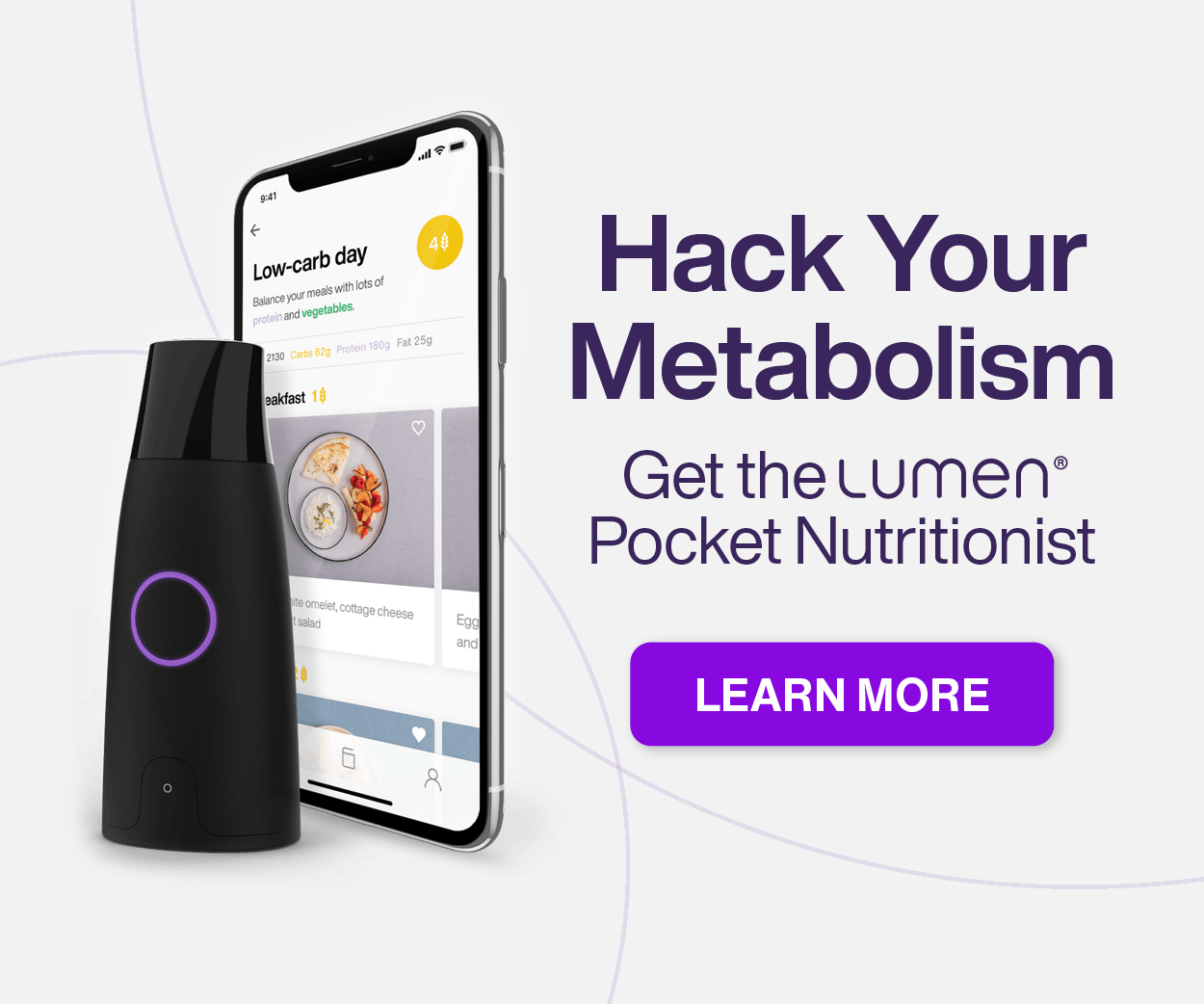I’ll be the first to admit, I was super slow and reticent to get on the menstrual cup bandwagon. After an ill-fated attempt at using one in college, I was convinced that my flow was just too heavy and my anatomy just wasn’t suited for this miraculous tool.
But alas, I was so wrong!
After years of cramps, leaks, landfill guilt, and more unsavory side effects, I was ready to give the menstrual cup another try. And I am happy to say I am NEVER going back.
The benefits of using a menstrual cup are many and varied, but these 5 are the biggies to make the switch.
1. Menstrual cups have no toxic ingredients
Conventional (i.e.: non-organic) tampons can contain a veritable laundry list of toxic chemicals, including dioxins, synthetic fibers, petrochemical additives, BPA, phthalates, DEHP, and straight up BLEACH (how did you think they got so white?!). And that’s not even taking into account the carcinogenic crap that’s in the “odor-absorbing” or scented varieties.
Not only are all those toxic chemicals getting absorbed into your bloodstream and wreaking all kinds of havoc, but they are also right up against your cervix for hours at a time. When I got diagnosed with pre-cancerous cells on my cervix in my 20’s (don’t worry, they’re long gone), the first thing I did, on the recommendation of my holistic OB/Gyn was to switch to organic, all-natural tampons.
But, of course, those don’t solve everything (see below).
On the other hand, menstrual cups are made from completely non-toxic, medical-grade silicone. This means no endocrine disrupting, carcinogenic chemicals entering your body during your period.
2. Menstrual cups help to maintain your flora
Tampons absorb over 35% of your natural vaginal moisture, in addition to all that blood. This can lead to vaginal dryness and a serious imbalance in pH, which in turn can lead to more yeast infections, odor, and general nastiness. If you choose to have sex during your cycle, this also means more comfortable intercourse!
3. Less hassle and less leakage
Since having a kid, my periods became insanely heavy (fun!). This used to mean having to change tampons every few hours to prevent leaks. No amount of “super” adjectives on a tampon would change this, and it straight up sucked. Even if you don’t have a super heavy flow, you can’t leave a tampon in for more than 8 hours, lest you drastically increase risk of TSS (toxic shock syndrome). Plus, the idea of having a wad of cotton inside my body for that long just grossed me out.
With a menstrual cup, you have the flexibility of a larger size for heavier flow, and a longer wear time, which means you can put it in and legitimately forget about it for 12 hours. I don’t know about you, but for me, this was immensely liberating.
During the heaviest part of my cycle, I have to empty the cup every 6-8 hours, which is still loads longer than a tampon.
All this also means less need for backup pads, liners, and less fear of leaking!
4. Menstrual cups are better for the environment, and your wallet
Unlike the tampons, pads, and liners that are clogging up our landfills, menstrual cups are reusable — you can keep the same cup for years with proper care (which just means boiling it at the end of every cycle). Once you’re done, you have a few options for recycling your cup (more on that here), but my fave is the Come As You Are Collective, which is a Canadian sex toy company that recycles silicone and ABS plastic sex toys AND menstrual cups!
And because you can use them for years and years, you save a ton of money on feminine hygiene products (those organic tampons and pads ain’t cheap)!
I call that a win-win.
5. You may experience less cramps!
I can’t guarantee this one, and the scientific evidence is lacking, but a commonly reported side effect of switching to a menstrual cup is less cramps and even a lighter period. I myself definitely experienced this, and the internet is lousy with women who’ve been similarly blessed. Personally, I think this happens due to a combination of numbers 1 and 2 on this list — a healthy vaginal flora and vaginal moisture, combined with less exposure to hormone altering toxic chemicals would certainly explain the easier periods.
Either way, I’ll take it. Since switching to a menstrual cup, I literally forget I’m on my period. I went from having horrible, incapacitating cramps to ZERO discomfort whatsoever. And I’m not alone on this one!
So for those of you that could care less about the environment and have a money tree in your backyard, this reason alone should be enough to sway you!
Which menstrual cup should I use?
This is entirely personal and dependent on your unique anatomy. I actually had to try a couple of different cups before finding my ideal one, the Lena Menstrual Cup in Large (for heavy flow). Not only is it a perfect fit for my body, but it’s also made in California (and not China, as some are) by an eco-friendly company, and is FDA approved (for what that’s worth).
After trying the Blossom Cup and the Lunette Cup (both other great options), I instantly felt a difference in the fit of the Lena. It slid into place effortlessly, held a ton of flow, and I didn’t feel it at all when it was in. So it may also take a bit of trial and error to find your perfect cup.
A few tips for finding the right fit:
- If you’re over 30, have had a kid, or have a heavy flow, opt for a larger cup
- If you have a high cervix, opt for a longer cup; if you have a low cervix, opt for a shorter one


















Leave a Reply